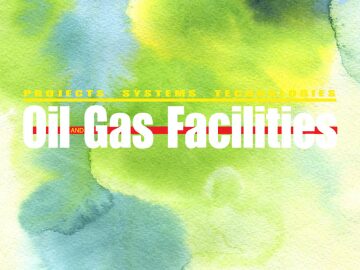
Summary
When produced water from offshore production is discharged to sea, it contains some oil (aliphatic and aromatic components), production chemicals, and naturally occurring radioactive materials (NORM). These groups of materials are traditionally treated in different ways in the regulations and standards.
Regulations of oil in produced water are mainly related to maximum concentrations and the total discharge of the aliphatic (dispersed) fraction. Regulation of chemicals is based on the environmental risk profile of each production chemical, although efforts are made toward regulations based on risk assessment of the discharge of the mixture of substances. For discharge of NORM dissolved in the produced water, no limit values are imposed. For NORM solids (scale, sludge, sand) from process equipment, discharge to sea is in general not allowed—it is reinjected or taken to a deposit onshore.
Management of safety risks takes place on the basis of the principle that risks shall be reduced to a level as low as reasonably practicable (ALARP). The concept of environmental risk is not as unambiguously defined as safety risks. With respect to accidental environmental impacts, the parallel is relatively straightforward, but with respect to planned environmental impacts (e.g., emissions/discharges during operation), the parallel to the safety ALARP level is not so clear; the consequence (the environmental impact) is not linked to a certain frequency (i.e., we cannot talk about risk as likelihood times consequence).
Costs are normally defined as money, effort, and time. But what if the cost of a reduced health, safety, and environmental (HSE) risk or impact is an increase in another HSE risk or impact? Produced-water reinjection might cause increased carbon dioxide (CO2) emissions. Handling solid NORM during shipping to shore causes health risks to the people handling the NORM. Can that risk be justified on the basis of the possible reduction in environmental impact by not discharging the solid NORM to sea instead?
This paper highlights the aforementioned issues and proposes a method called “integrated HSE ALARP assessment” for supporting such analysis. The environmental risks and impacts of discharge of oil, chemicals, and NORM, respectively, with produced water to sea are used to illustrate these principles.
